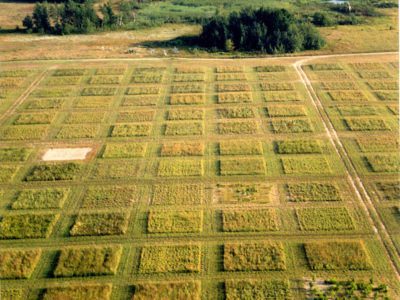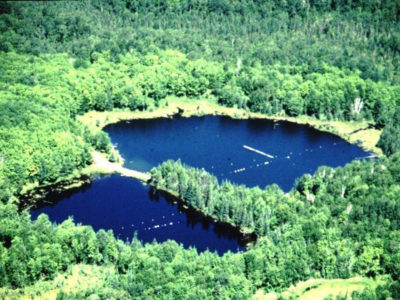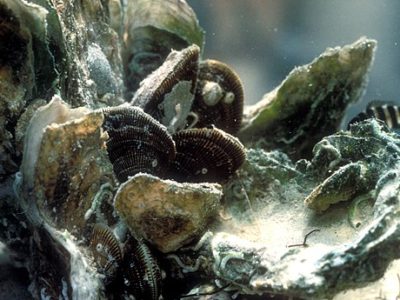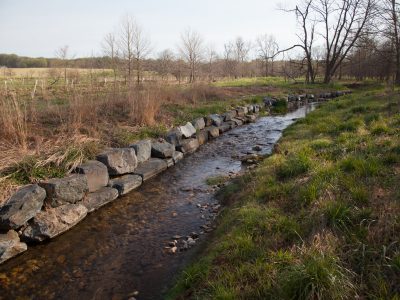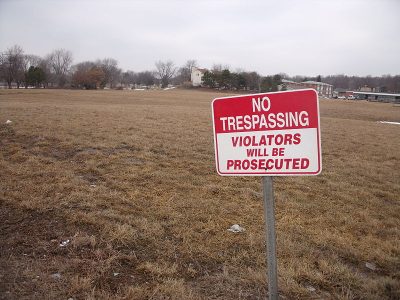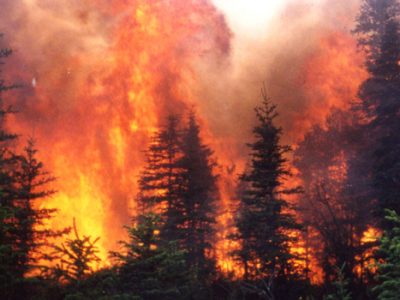Not by carbon alone: Aridity and nitrogen limit CO2 effects on root biomass
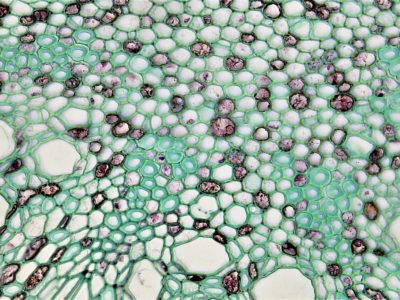
A recent meta-analysis found that aridity and low soil nitrogen levels seem to limit — rather than stimulate — plants’ ability to increase production of fine roots under elevated carbon dioxide conditions.

